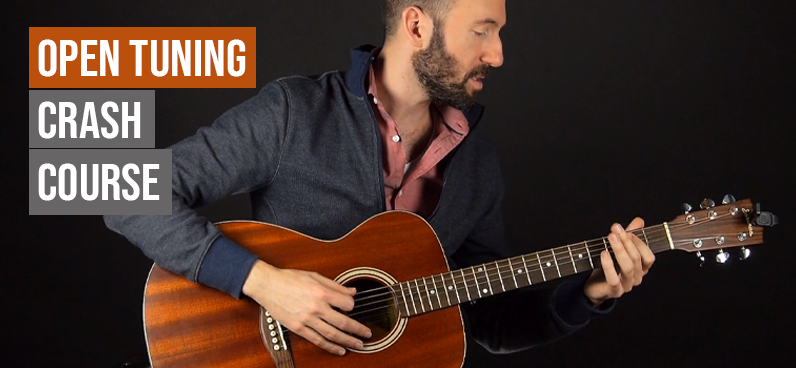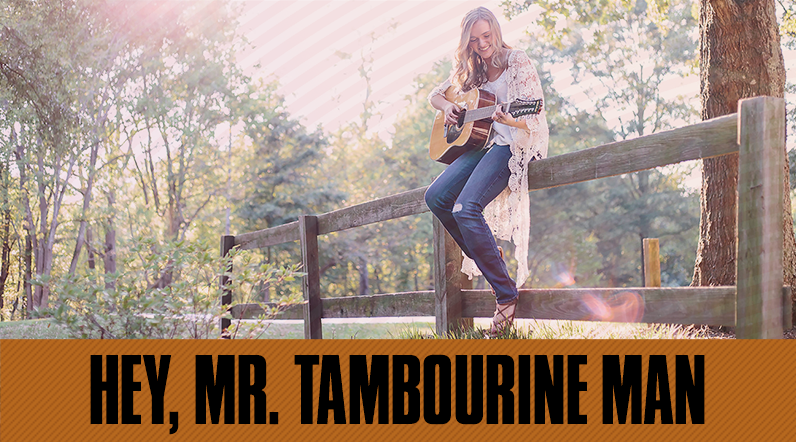
While standard tuning is certainly the go-to, and the tuning we likely all learned how to play guitar with, let's face it: it can get a little boring. It's not the guitar's fault, it just sometimes takes a change of scenery (or in this case, tuning) to spark a little creativity in your mind. There are countless alternate tunings for the 6-string guitar, but a style of alternate tuning that can be fun to play with (especially for beginner-intermediate guitarists) is an "open tuning."
By tuning a guitar in an "open tuning" you're essentially ensuring that when the guitar is strummed open, with no strings fretted, a major or minor chord rings out. Many-an-iconic-song was written this way, likely because it just makes playing guitar effortlessly fun. Open tunings allow you to move up and down the fretboard with single note runs, all-the-while droning the open strings in a pleasant-sounding chord. While there are plenty of open tunings to choose from, these are a few that we think you should try out first:
Open G (DGDGBD)
Resulting in a G Major chord when strummed, open G tuning is perfect for blues and folk music because it allows you to create multiple major chords by barring with just one finger. If you're a Rolling Stones fan, open G tuning will unlock the door to easily nailing hits like "Brown Sugar" and "Honky Tonk Women" as it is Keith Richards' go-to guitar tuning.
Open D (DADF#AD)
A favorite among guitarists, open D tuning sounds especially beautiful and uplifting on an acoustic guitar. Like any open tuning, you can create major chords just by barring with one finger, so for example, fretting all the strings at the second fret will produce an E Major, at the third fret, an F Major, and so on up the neck. This makes it a fun tuning for singer-songwriters and even slide-guitarists who are mostly fretting strings with a single bottleneck slide.
Open A (EAEAC#E)
By now you've probably guessed it: open A tuning creates an A Major chord when you strum the guitar open. You can achieve open A tuning by raising the 2nd, 3rd, and 4th strings one full step, while the 1st, 5th and 6th stay the same as they would in standard tuning. Open A is a go-to tuning among Delta Blues guitarists, and again, you'll hear it a lot on slide guitar recordings.
Something to keep in mind with this one is that tuning three of your strings a whole step up could put a little too much tension on your guitar's neck, so the best way to go about achieving open A tuning may be to tune to open G, then put a capo on the second fret.
D Modal (DADGAD)
While some might argue that D modal (or affectionately referred to as DADGAD among guitarists) isn't necessarily an open tuning because of it resulting in a D sus 4th chord, which is neither major nor minor, I feel like it belongs on this list. It's great for beginner to intermediate guitarists because half of the strings stay the same as standard tuning, so you'll already have a feel for it. It also still has the droning qualities of an open tuning, allowing for more liberal single-note movement up and down the neck.
Don't have a tuner on hand? Use our handy online guitar tuner.

